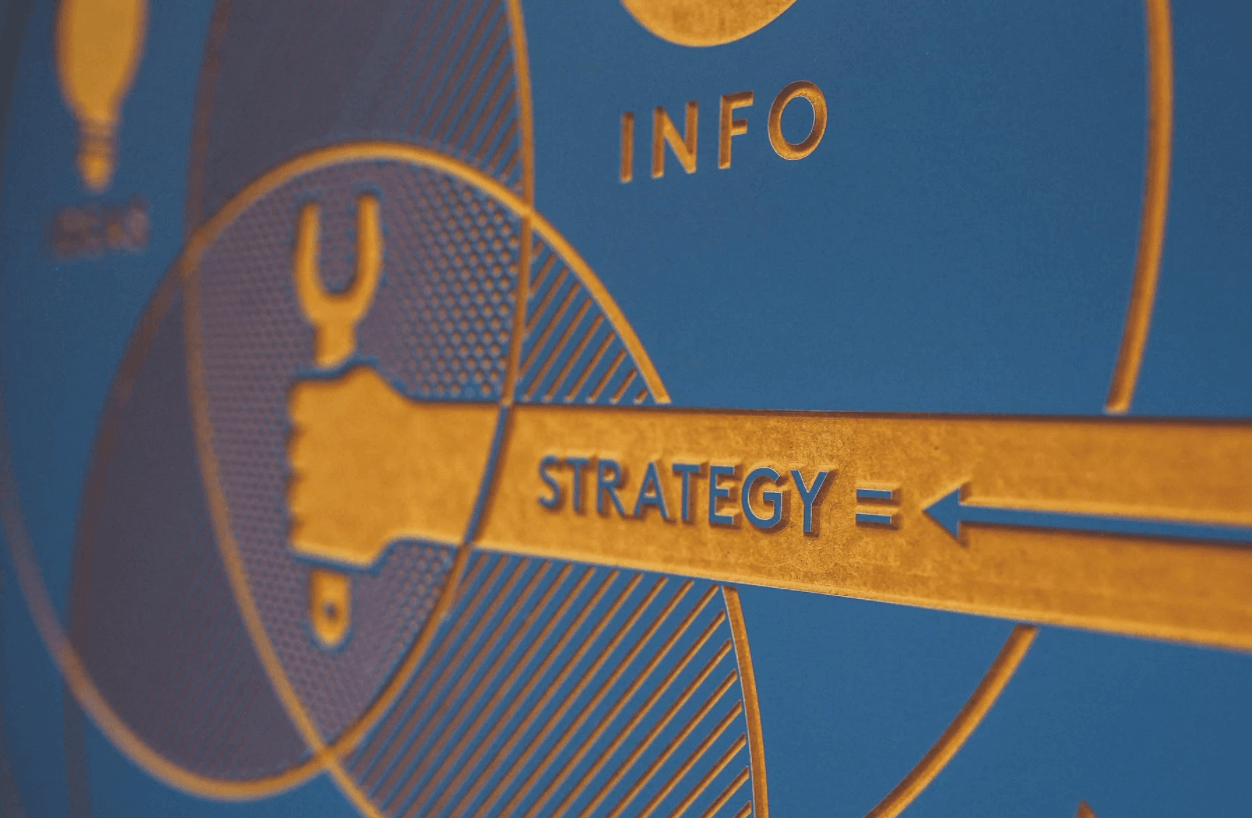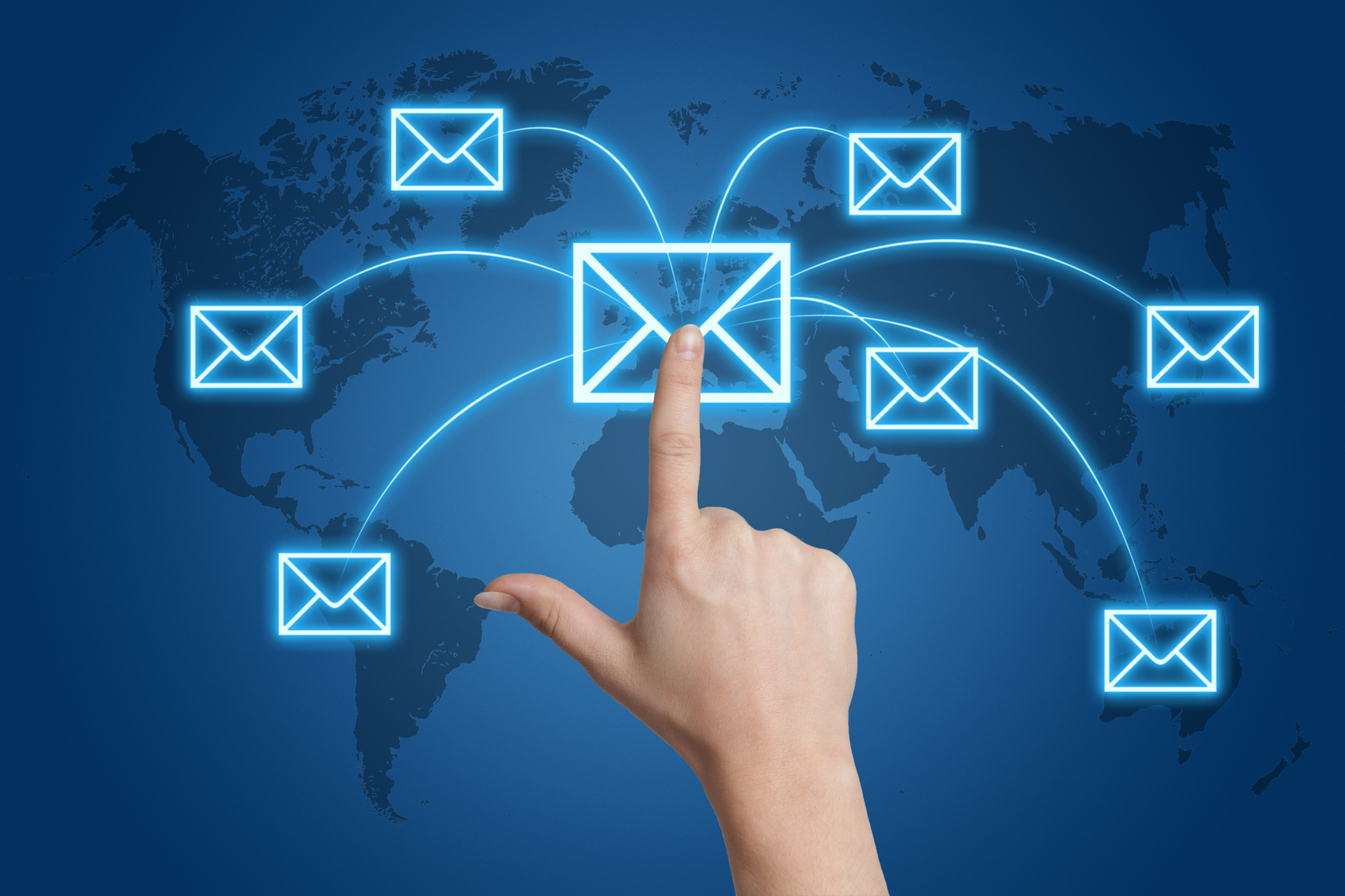Because chargebacks are expected to account for a large portion of the $130 billion in losses due to card-not-present fraud by 2023, every e-commerce merchant should grasp how they function.
It would have been simple to write off chargebacks as a transaction cost. Sadly, chargebacks cost significantly more than lost revenue. Penalties, regulatory barriers, and missed opportunities cost up to $3 for every $1 chargeback.
Global chargeback volume will hit 615 million this year, and the average industry cost per chargeback will be $191 by 2023.
While winning a chargeback dispute is rarely easy, with a success rate of less than 20%, not fighting them usually makes things worse.
But, like with many things, knowing the rules improves your chances. In this essay, we’ll analyze the chargeback process and how to overcome it.
Why fighting chargeback is extremely tough for merchants
First, you must realize that the chargeback process includes all steps from the cardholder’s initial protest through the ultimate chargeback settlement and its consequences.
Thus, the chargeback process includes, but is not limited to:
1. Cardholder: The cardholder in a transaction.
2. Merchant: The person who sold the disputed goods or services.
3. Issuer: The financial institution that issued the card.
4. Acquirer: The banking institution that collects money for the merchant.
5. Card Association: Cards are issued by networks such as Visa and MasterCard.
In that way, every stage of the chargeback process requires unique, non-linear actions within a time frame. Not only that. Demands vary between networks and banks. These indexes already pose major merchant concerns. But they exacerbate the flaws in the chargeback method.
Why? For one thing, optics aren’t everything. The decision-makers’ interpretations determine the outcome of every chargeback dispute. That makes chargebacks highly subjective.
Chargeback administrative procedures do not always take into account growing online risks and technical advancements, allowing for misuse. Cardholders can contest charges on a whim. And internet thieves take use of that to steal from e-commerce firms.
Notably, the chargeback procedure is customer-centric. Resource requirements don’t always match rewards. Due to these and other factors, most retailers cannot even consider disputing chargebacks. They pay when they should have fought.
How to handle chargebacks and avoid them
Chargebacks work on a simple basis.
If a Consumer cannot resolve a transaction issue with a Vendor, the Consumer may contact the Card Network.
It sounds so simple. Isn’t it?
Regrettably, the chargeback process is different. Even the simplest disputes entail multiple layers of actions and actors.
The chargeback process allows merchants a chance to fight back, but there are an inordinate number of hurdles to overcome.
The next section breaks down the chargeback process to help you understand the issues and how to overcome them.
Step 1: Cardholder challenges a transaction
A chargeback occurs when a cardholder disputes a transaction charge with their bank. Every transaction has the possibility of future chargeback. Several chargebacks can come from multiple transactions.
Not only that, but the Issuer can initiate a chargeback. A bank chargeback occurs due to duplicate processing, expired cards, or merchant fraud. The acquirer handles the issue, and the cardholder may never know about it.
Step 2: The issuer evaluates it
After analyzing the claim, the bank will decide whether or not to initiate the chargeback lifecycle. The issue is that the bank relies solely on the cardholder’s claims and any available data. The cardholder is their customer, and they must support them.
Step 3: The issuer issues a conditional refund
They will debit the original transaction’s merchant account for any costs. Again, the merchant may not know about the chargeback until after the fund withdrawal, causing substantial financial issues.
Step 4: The issuer assigns a chargeback reason code
After the withdrawal, the bank will establish a chargeback reason code and send it to your acquirer electronically.
Chargeback reason codes are designed to help merchants narrow down their response strategies, yet they are often ineffective. Invalidating a chargeback isn’t always as simple as they make it out to be.
The issuer issues a reason code based on the cardholder’s claim, which is not necessarily correct. It’s difficult to battle a problem you don’t understand.
Step 5: Your acquirer reviews the refund request
At this point, your acquirer will either analyze the refund notice and resolve it on their own or forward it to you.
With so much going on, it’s easy to miss a chargeback notification. Due of the short reaction times, merchants have faced substantial hurdles.
Step 6: Accept or reject the chargeback
Accept or fight the chargeback? Whatever you do, don’t pay for unjustified chargebacks. That’s a red signal for internet shoplifters.
The issue is that challenging a chargeback necessitates specific documentation. These include:
- Return policies.
- Signed delivery receipt
- Multiple pieces of information used to validate the transaction.
Evidence collecting will be a problem if you don’t have such documents handy.
Step 7: Submit your compelling proof
When fighting a chargeback, you must respond within the chargeback time limit. You must also include the above mentioned documentation. Representing the transaction to the bank is called “representation”.
The issue is that merchants have little chance of winning due to the slow response time and complex rules.
Step 8: The issuer decides on your case
Your bank will forward the chargeback dispute data to the issuing bank for examination. One of three outcomes is possible now:
1. You won: Your documents and response validated the transaction. The funds will be returned to your account.
2. The cardholder won: Your case does not meet the requirements. So does the cardholder.
3. You won, but the bank charged back again: The rules allow the issuer to file a second chargeback if new evidence or reason codes are discovered. Chargeback pre-arbitration for Visa, and arbitration chargeback for MasterCard.
Receiving a chargeback is bad enough. Arbitration adds additional fees, regulations, and duties to the chargeback process. So make sure your representation doesn’t fail you.
Regardless of how efficient, compelling, and airtight your presentation is, your odds of winning remain limited. Chargeflow uses big data, AI, and human expertise to help merchants level up. Disputes and chargebacks from all associated payment processors are tracked in one place. And learn AI tips to reduce chargebacks and enhance wins.








